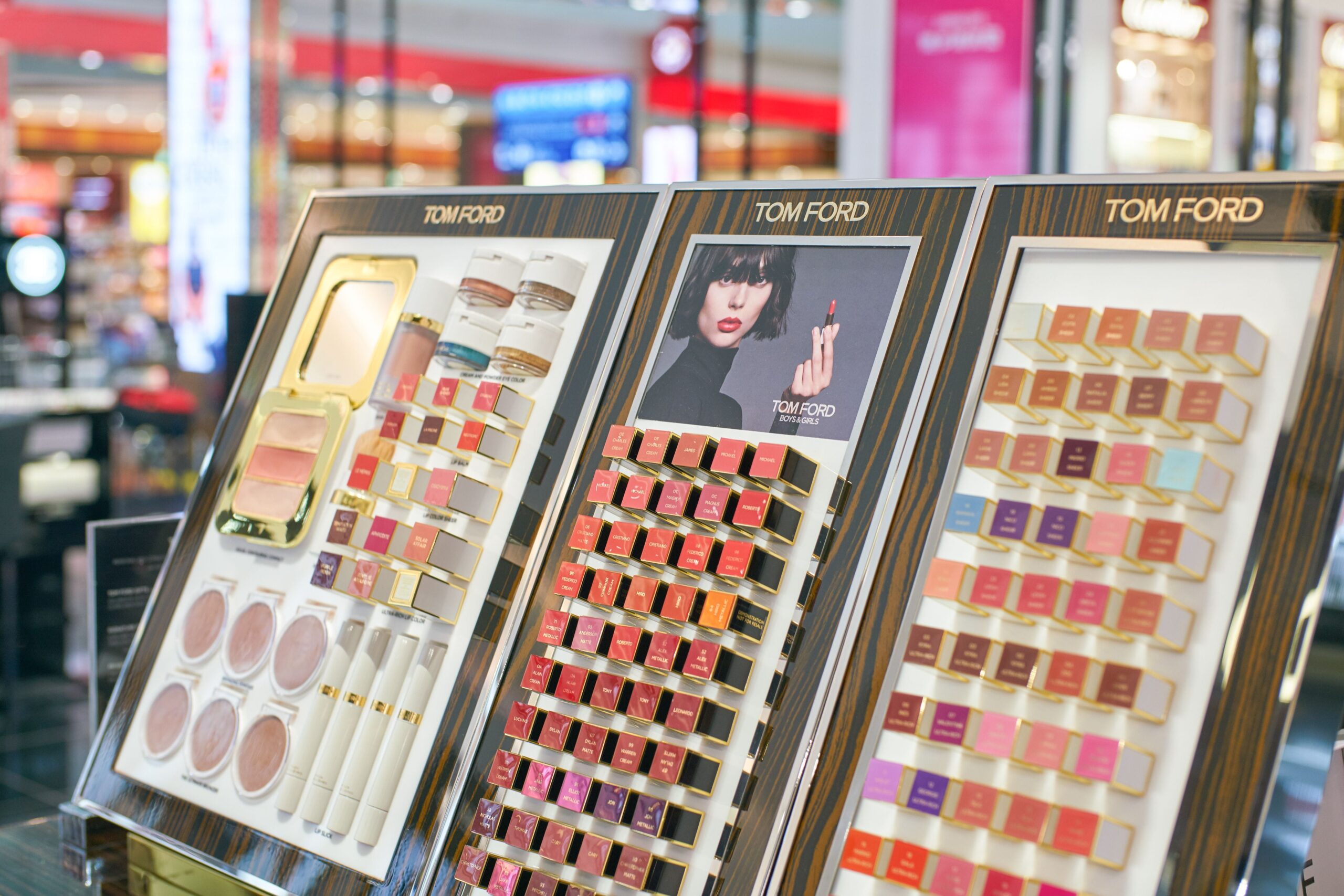
After reporting its sixth consecutive quarter of declining sales, The Estée Lauder Companies is turning its focus to inner beauty.
The New York-based owner of Clinique, La Mer, The Ordinary and other brands announced a host of measures aimed at boosting the company’s profitability on Monday. For starters, layoffs of up to 5 percent of its 62,000-strong global workforce are planned, while price increases on popular products are coming later this year. Estée Lauder has also hired Alvarez and Marsal, a consulting firm specialising in corporate restructurings, for “strategic advice.”
Estée Lauder got the reaction it wanted from the market, with shares jumping more than 10 percent even as the company reported another set of dismal quarterly results. Net sales fell 7 percent from a year earlier, to $4.28 billion, while profits declined by 8 percent to $3.12 billion. The company cited challenges in the prestige market in China, Asia travel retail and business disruptions in Israel and the Middle East, among other factors.
The hope is that cost cuts save a forecasted $1.1 billion to $1.4 billion by fiscal year 2026. But once the layoffs are out of the way, analysts and investors will be looking to see how the company revitalises its biggest brands. Estée Lauder Companies owns some of the world’s best-known prestige beauty brands, such as Clinique, La Mer and its namesake label. Clinique pioneered dermatology-led consumer skincare back in the 1960s, La Mer is synonymous with the “quiet luxury” trend consumers find so aspirational and Estée Lauder has a blockbuster franchise with Advanced Night Repair.
And yet, with a few exceptions, including affordable skincare brand The Ordinary and the scent line Le Labo, most of the company’s labels have struggled to keep pace with new trends. Aside from The Ordinary, few Estée Lauder brands are associated with the post-pandemic skincare boom, even as rival L’Oréal’s stock price soar with the success of CeraVe, Skinceuticals and La Roche Posay.
Fragrance is another missed opportunity. According to market research firm Circana, prestige fragrance sales revenue grew by 13 percent from January through August 2023 against the same period last year. Gen-Z is also more likely to purchase multiple fragrances per year. Yet ELC’s fragrance sales remain flat, despite the popularity of Le Labo and Tom Ford, the company has been unable to offset weaker demand for other brands, including its flagship property.
On a call with analysts, chief executive Fabrizio Freda promised changes aimed at freshening up Estée Lauder’s portfolio of brands, and their relationship with customers. He said he intends to devolve more power, allowing local teams to respond to demand more rapidly, speeding up product development and regional decision-making. However, many of the changes that analysts were expecting including a leadership shakeup and a sale of portfolio brands were not discussed.
In an interview, chief financial officer Tracy Travis told The Business of Beauty that the savings announced Monday will leave more cash to invest in the advertising and marketing needed to win back consumers.
“With the intensity of the competitive environment, it becomes very important to continually remind consumers that we have some of the highest repeat rates on [Mac, Clinique and Estée Lauder] in the industry,” she said. “There’s an awful lot of trials … for the next new shiny thing and the impact of the pandemic over the past few years in certain markets has set us back a bit, but our fundamentals remain intact.”
Old Brands, New Products
If “recovery” is the number one buzzword on leadership’s lips, “relaunch” is surely second. In 2022, the Clinique Black Honey lipstick (which has been available since the 1980s) went viral – and stayed there. Demand for the neutral, barely-there shade was enough to spur ELC into adding more options to the Black Honey franchise, while a similar effect was noted with the Mac Cosmetics, thanks to the brand’s Macximal Silky Matte lipstick, which relaunched last week.
Travis said that Mac would be relaunching another large franchise, Studio Fix Fluid Foundation, alongside a new La Mer Moisturising Fresh Cream in the second half of the year. In December, the company promised new innovations within its Re-Nutriv franchise, its most premiere skincare offering within the Estée Lauder brand, as well.
The company also hopes to revitalise its active dermatology segment and spur skincare growth to improve margins. Just last week, Clinique announced its partnership with New York-based hospital system Mount Sinai’s dermatology unit. Clinique will also return to presenting at the American Academy of Dermatology next month, and work with more dermatologist influencers – something that’s been a boon for lines like CeraVe.
How ELC pitches its products to consumers is also under review. Freda said the company was learning how to operate with TikTok more globally, and focusing on more earned media value than paid social.
The company is also hoping to sell more of its products through specialty stores such as Sephora and Ulta Beauty, relying less on travel retail and department stores, both struggling channels.
That will take some legwork, Travis said.
“Specialty … requires very strong, engaging social media activations, very strong visual merchandising and store displays from a navigation standpoint,” she said. “Our brands have to learn how to compete.”



